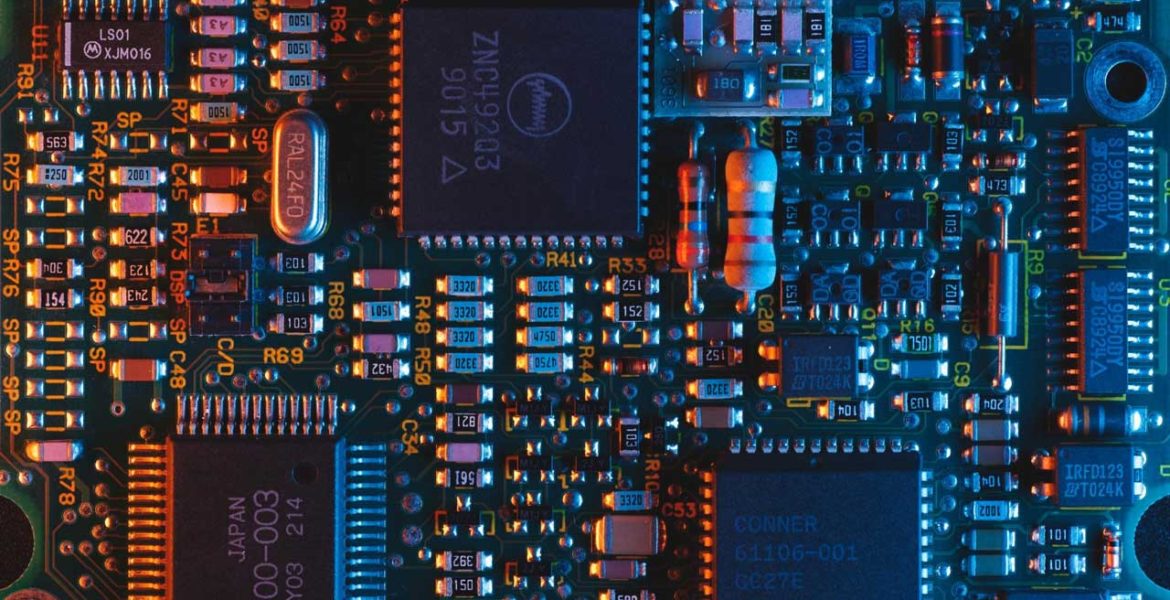Written by Danielle Block, Client Partner – VP at Merkle
In a recent study, PWC found that one in three consumers will walk away from a purchase from a brand they love after one bad experience—and that’s before a pandemic went and upended their worlds, not to mention the worlds of every brand on the planet. Consumer expectations for good customer experiences remain as high as ever, but today’s brands are operating in an entirely new landscape and, in many instances, are floundering to realign with new consumer needs.
In the high-tech industry, the stakes are high. Competition among high-tech products and service providers remains red-hot, with experience serving as a key differentiator for consumers when they’re selecting among brands. Let’s consider the impact of poor experiences on high-tech purchases—especially as more purchases are done online as a result of the pandemic—and how companies can keep pace.
New Behaviors to Consider
High-tech marketers need to be agile and shift with consumer habits. Starting during the consideration phase of the consumer journey, brands must be able to meet people wherever they are—and those locations have changed dramatically during the pandemic. In recent months, we’ve seen paid search increase in effectiveness and importance. If they haven’t already, brands need to update their search efforts and keywords to focus on changing behaviors as more people stay home. Terms like virtual health, at-home exercise, home office, hygiene and cleanliness, home theater and more have taken on new relevance and importance in consumer shopping considerations.
A lot of shoppers these days are staying out of stores but still hoping to simulate in-store experiences when they go online. As the need for one-to-one assistance and customized service persists in the pandemic, mobile chat has gone from a nice-to-have to a must-have, particularly for high-tech brands. 56 percent of marketers are increasing spending on site and mobile chat during the pandemic, according to Merkle’s COVID edition of its Customer Engagement Report.
The shift to online buying behaviors also has implications for how high-tech brands spend their online ad dollars. In place of traditional in-store endcaps displays—that fewer consumers are seeing—marketers can look to get their messaging as close to the point of purchase as possible by running ads with major online retailers like Walmart, Best Buy and others. Such ad buys can be incredibly important for driving conversions in scenarios where customers don’t go brand-direct.
Throughout the pandemic, there’s also been a surge in the need for new fulfillment strategies like buy-online-pickup-in-store, curbside pickup, contactless delivery and faster deliveries. High-tech marketers that were able to take advantage of shorter or free shipping saw an increase in sales, as large big-box retailers and Amazon encountered shipping delays. Having a long-term strategy that includes fulfillment and financing are critical components of future preparedness for mandatory quarantines or stay-at-home orders.
New Best Practices in Data-Driven Personalization
In addition to adapting ad strategies and operations for new consumer behaviors, organizations need to be doubling down on creating cohesive omnichannel customer experiences. Among marketers, there is a growing need and desire to activate and combine different datasets in a way that will facilitate stronger relationships with consumers. 45 percent of high-tech respondents to Merkle’s consumer engagement survey said their top pain point is not leveraging the data they have. Another commonly cited pitfall is that organizations’ data exists in too many places to be useful. These disjointed data practices are especially worrisome now, as marketers prepare for the disappearance of third-party cookies and adherence to the now-enforceable CCPA, both of which require improved data connectivity and hygiene, not to mention identity resolution technologies.
High-tech marketers should be taking this time to audit their data, confirm they have accurate and privacy-compliant data collection policies in place, and ensure that they are collecting the most up-to-date data and continuing to refresh current customer and prospect records. After all, the pandemic has dramatically affected household incomes and firmographic data. It’s caused a lot of consumers to relocate and abandon previous product areas of consideration. Having a better understanding of your data completeness and cleanliness, and storing it in a central cloud-hosted database, will make it more actionable.
There are several ways high-tech brands can look to improve their consumer data and understanding. According to Merkle’s Consumer Experience Sentiment Report, 71 percent of people would be willing to take a short (60-second) survey when they first visit a website, making such surveys a viable tactic for collecting first-party data and refreshing records. Incentives like 10 percent off your next purchase or free shipping can simultaneously show gratitude and drive completion rates. Incentivized polls, reviews, quizzes and profile updates enable brands to enrich profiles of existing customers and acquire new ones.
Consumer spending habits and preferences will continue to shift, making it critical for high-tech marketers to understand who consumers are now and how they want to engage and interact going forward. By placing a renewed focus on acquisition and keeping databases up-to-date with current consumer information, purchase data and personal preferences, high-tech brands can ensure they’re able to meet consumers where they are, with the experiences they’ll appreciate.

